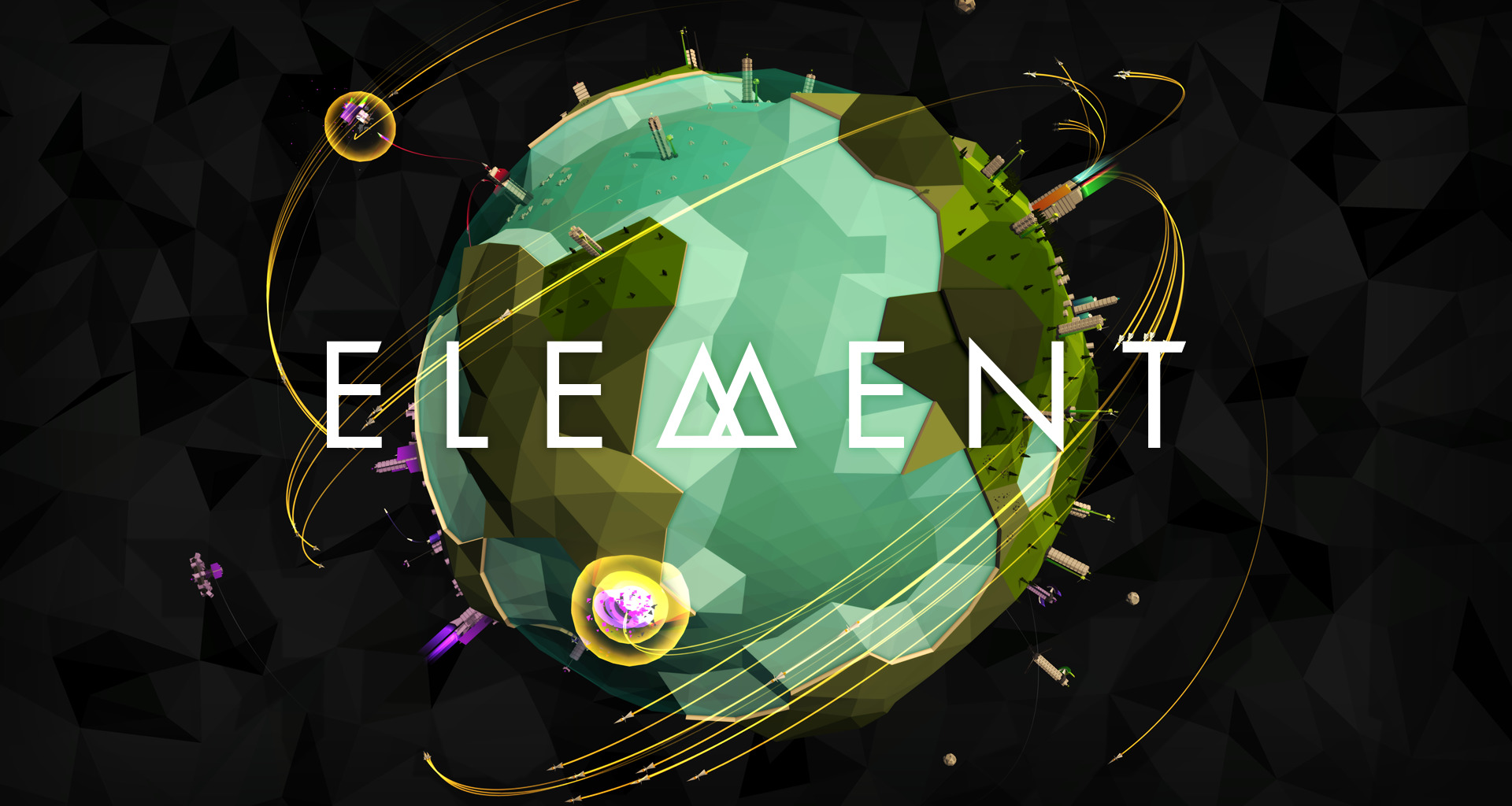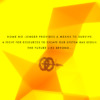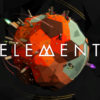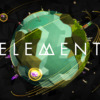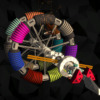Although some may consider the subject of Chemistry to be Boron, or they hated their science teacher enough to want to Barium, Flightless studio’s real-time strategy game, Element, wants you to value your elements. So much so, in fact, that they want you to mine for lots of them, regardless of whether they occur naturally or not.

In Element, Earth has been destroyed, and survival hinges upon being able to exploit the buggery out of other planetary systems. As such, players must mine and accumulate elements on increasingly distant planets to claim dominance over them, whilst contending with an unnamed enemy’s desire to do the same. Accumulating energy to build mines and balance other limited quantities of resource, attack, and defence units is the key to accumulating enough element to destroy the enemy base and claim victory. To help facilitate this, missiles can be deployed to nuke their base, and in case the enemy gets similar ideas, drones can be dispatched to repair or collect resources. Players must also utilise Element’s rock-paper-scissors strategy- earth-based units being stronger over water, water over air, and air over earth.
Element prides itself on being a real-time strategy for people who have no time for real-time strategies, and to this extent, the game is exactly what it says on the tin. Although gameplay speed can be slowed down, levels are over in mere minutes; and, at higher levels when the AI is feeling particularly vindictive, a matter of seconds. The learning curve is steep, but never feels impossible, and the fast gameplay is a boon for encouraging players to jump straight back in after a loss.

Alas, Element’s titular elements have very little in relation to the gameplay itself, as planets increasingly feel like palette swaps, and the only incentive encouraging replaying conquered planets is improving player score. Whilst increased difficulty and progressively more limited space tries to reinforce the earth-air-water model, the more maps that start as enemy occupied, the easier it is to nuke their base and be done. There is little to inspire distinct strategies. Furthermore, music and audio-visual feedback is pivotal to many gameplay experiences, and to have such distinct visuals with barely anything auditory is sadly jarring.

However, what Element lacks in different game modes and strategic variety it more than compensates in aesthetic finesse. Flightless’ design-oriented CV is evident from the title screen as the game’s poppy colour palette and polygonal style is eye-catching and slick. The HUD is blessedly minimalistic, and its menus are readily accessible, with the ease of selecting units and buildings augmenting the blistering pace of levels.

Although not without its strategic and design flaws, Element is an engaging little title that our neighbours across the pond should nevertheless be proud of. As such, like with Phar Lap, Crowded House, and pavlova, hopefully we Australians do the smart thing and claim Element as ours before it sparks a global reaction.
Element is available now for Windows, Mac, Linux & Nintendo Switch.
[P_REVIEW post_id=7704 visual=’full’]